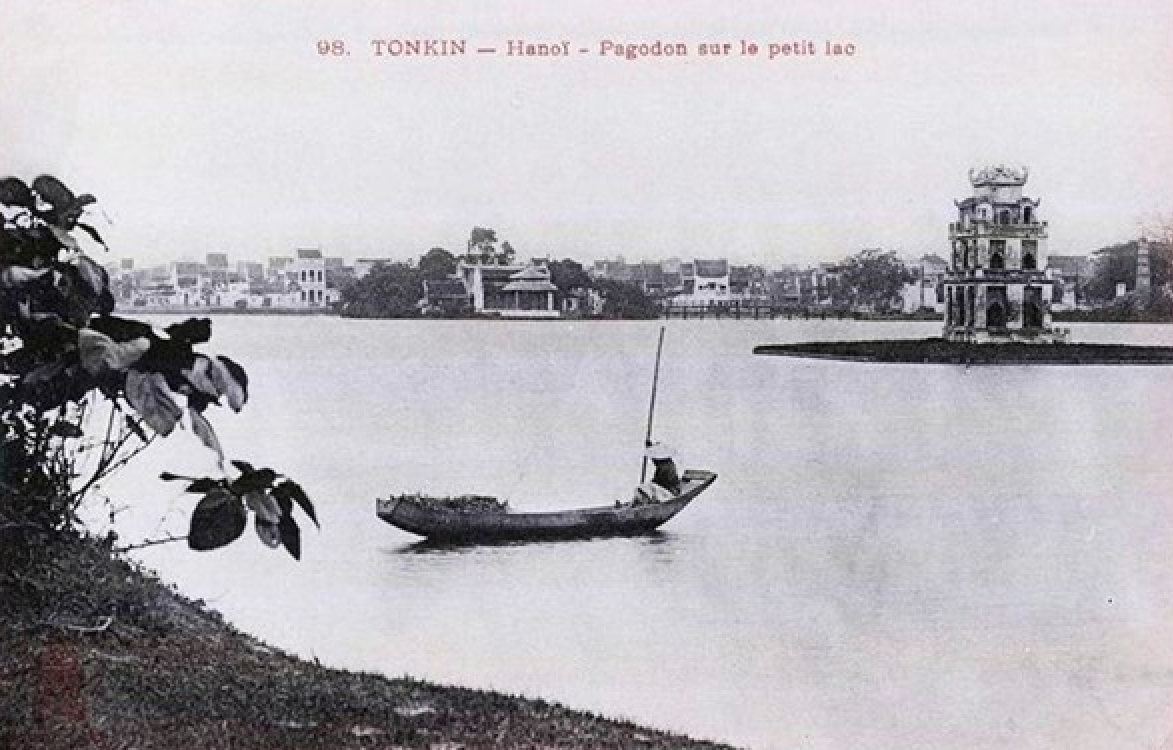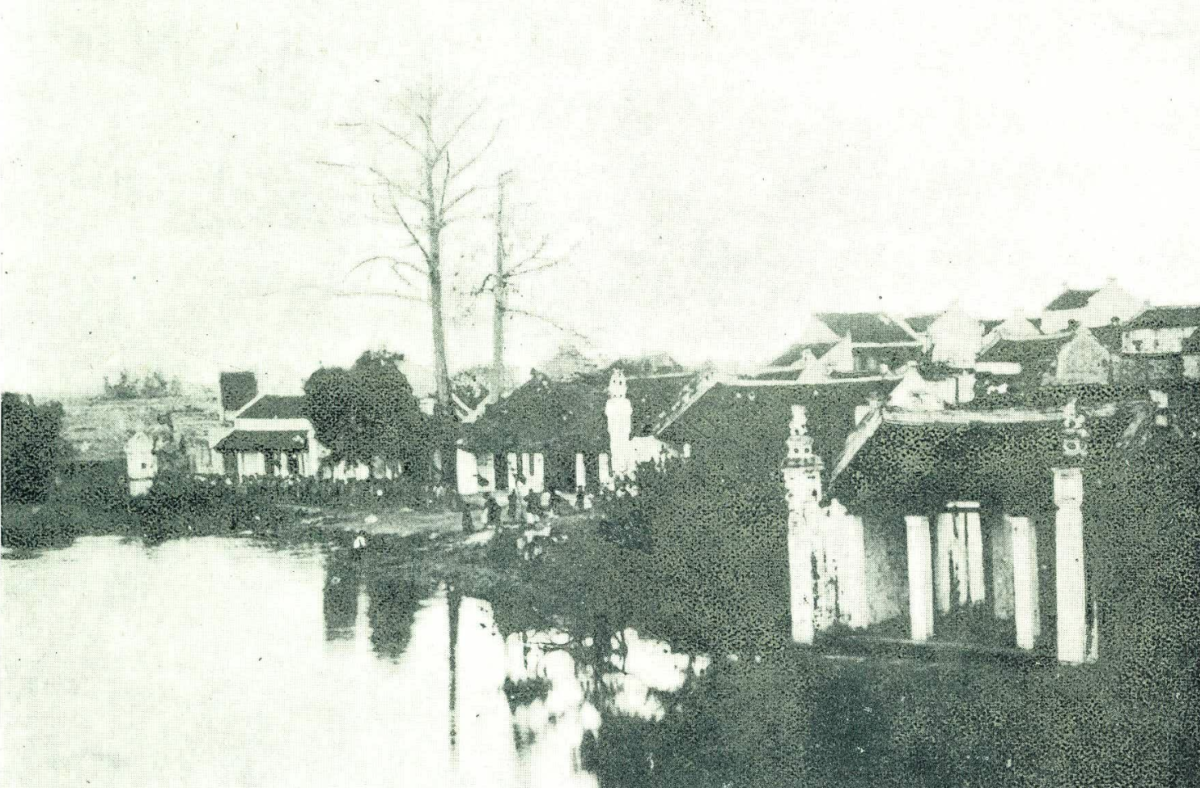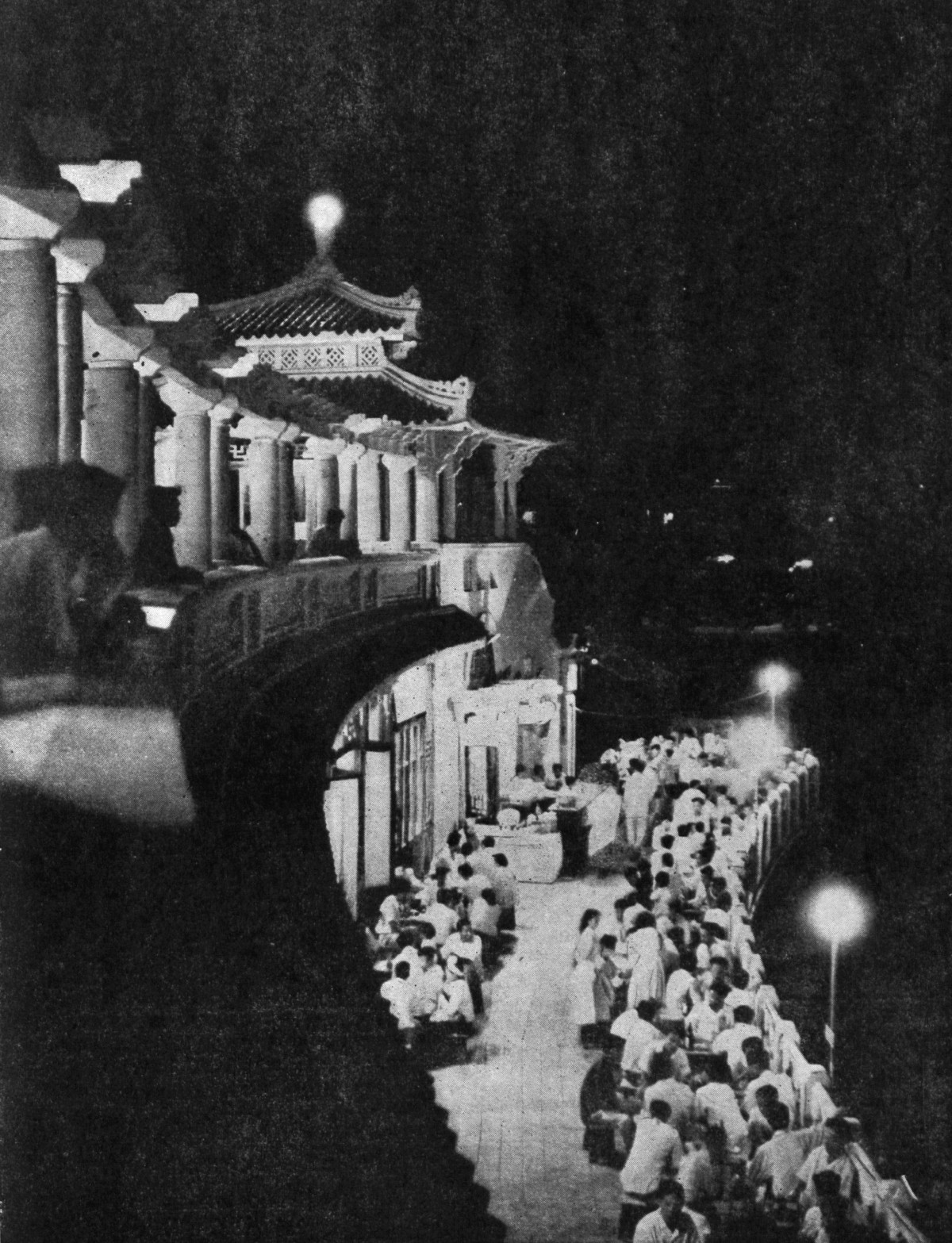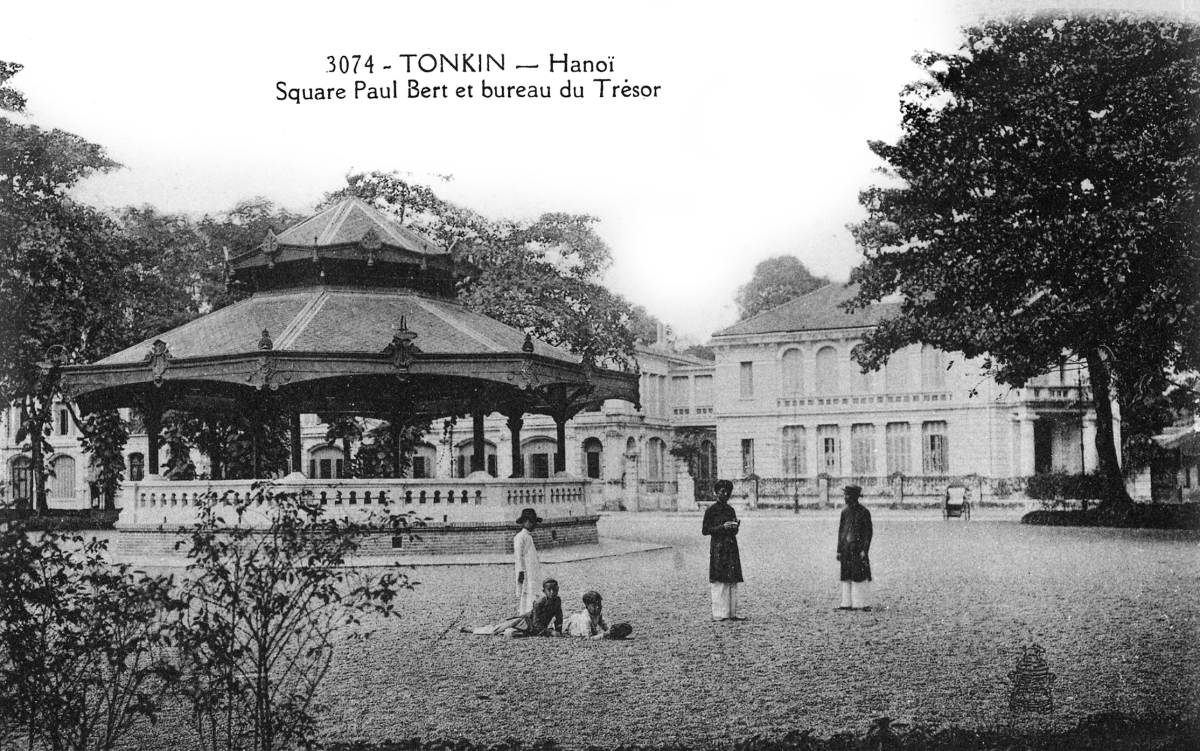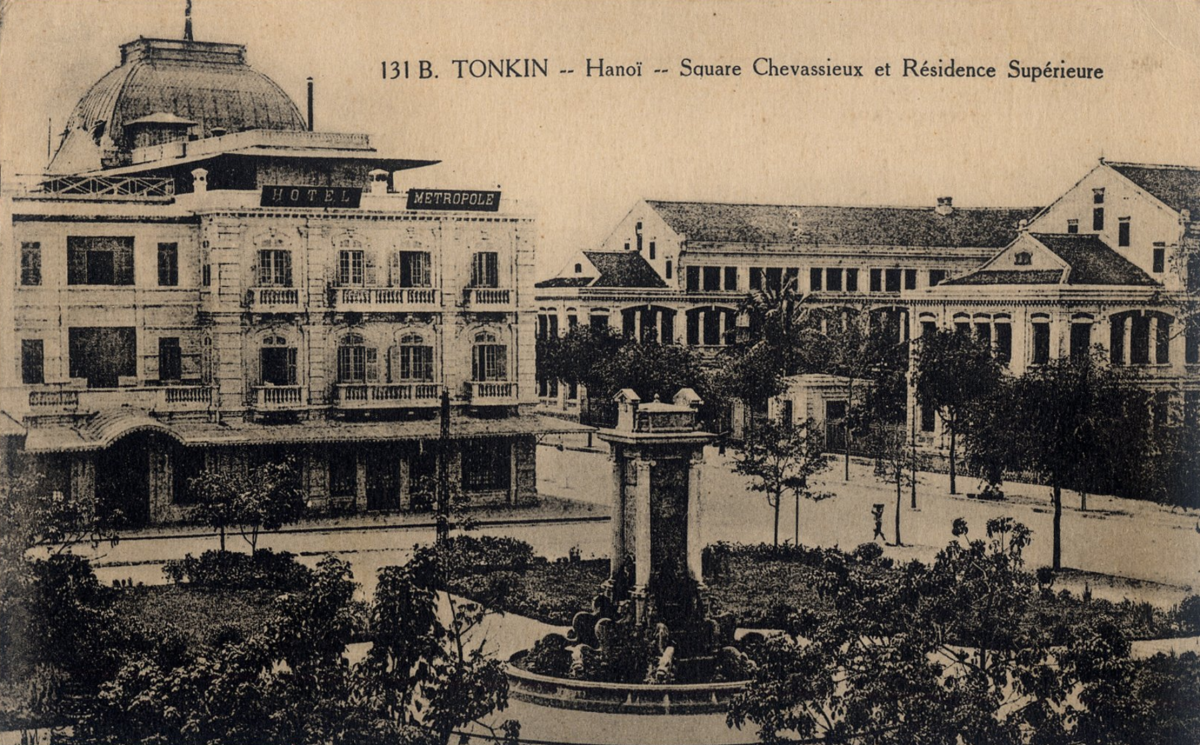The exhibition, at the Sword Lake Cultural Information Center from Oct. 7 to 31, has over 100 documents, photos, designs, and maps that give visitors an inkling into the changes to the surroundings of historic sites between the early 19th and mid-20th centuries and daily life in that period.
A look at 19th century Hanoi's Sword Lake
An exhibition being held in Hanoi showcases images of the city's Sword Lake area from the 19th century. The lake, also known as Hoan Kiem Lake, is a relic of the Nhi Ha River flow in the past. Documents from the National Archive No. 1 show that in 1873, when France attacked Hanoi, the city was a residential hub but with administrative and commercial activities and villages standing next to each other. The Sword Lake served people's daily needs. Under French influence, the lake became a confluence of western and eastern architecture and culture. In 1865 Nguyen Van Sieu, a culture researcher of Thang Long-Hanoi, had the bridge connecting the Ngoc Son Temple with the bank of the lake built. When it was first built, it only comprised the main temple. The Tam Quan gates and a bronze bell were later additions. The architecture seen today is mainly from a renovation done in 1864. In 1891 the French removed its yard and some structures to make room for trams. The pagoda was the largest in northern Vietnam in the 19th century. It has 180 chambers, 36 roofs and a large number of idols surrounded by hexagonal walls. Chavassieux Square, now known as the Dien Hong Garden, and the Government Guest House. According to documents from the National Archive No. 1, in 1897 the French organized a design contest for a memorial at the grave of Léon Jean Laurent Chavassieux, deputy governor-general of French Indochina, in Hanoi. On Sept. 29, 1899, the Hanoi City Council discussed the construction of a fountain at the memorial to make it a place for festivals and public gatherings. The fountain was eventually built opposite the Government Guest House.